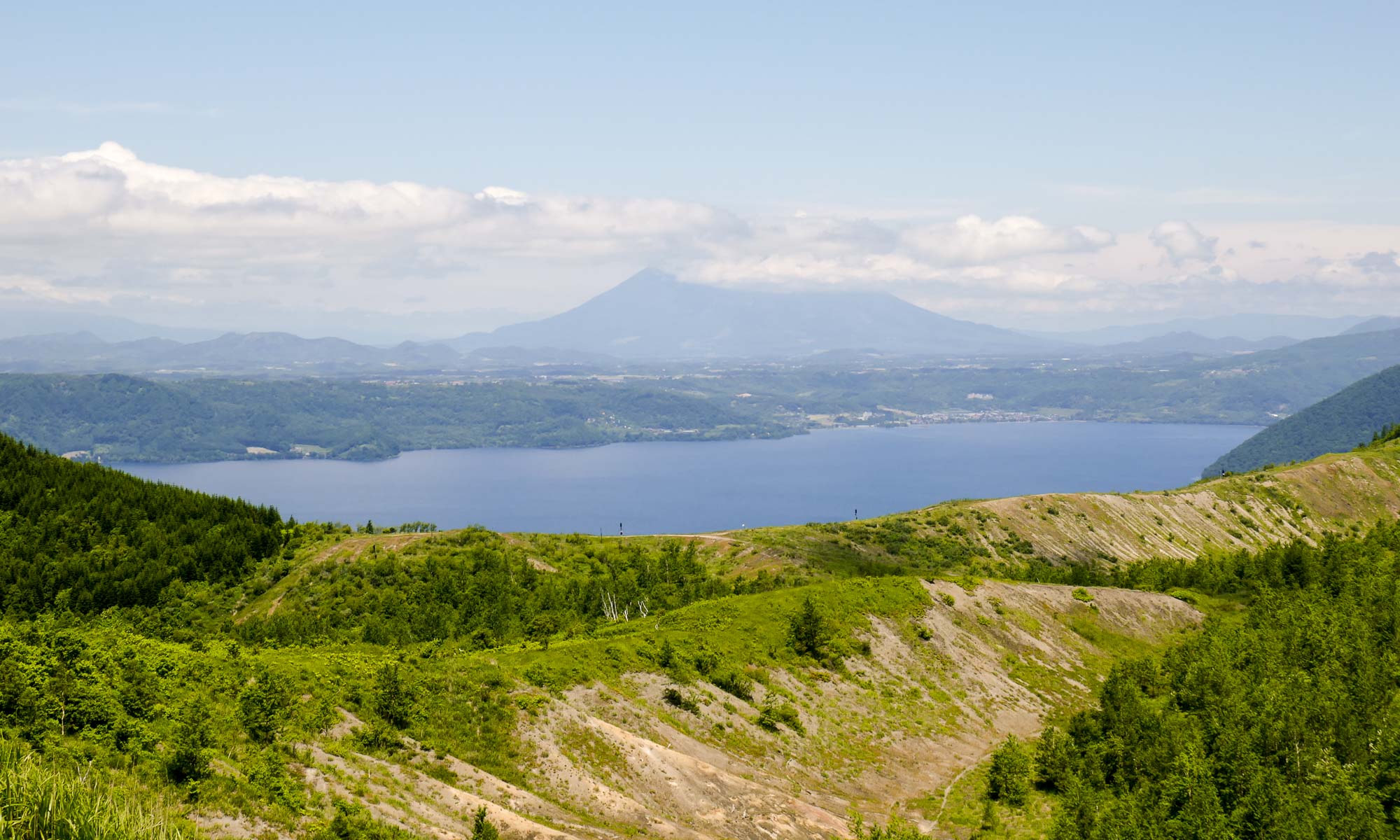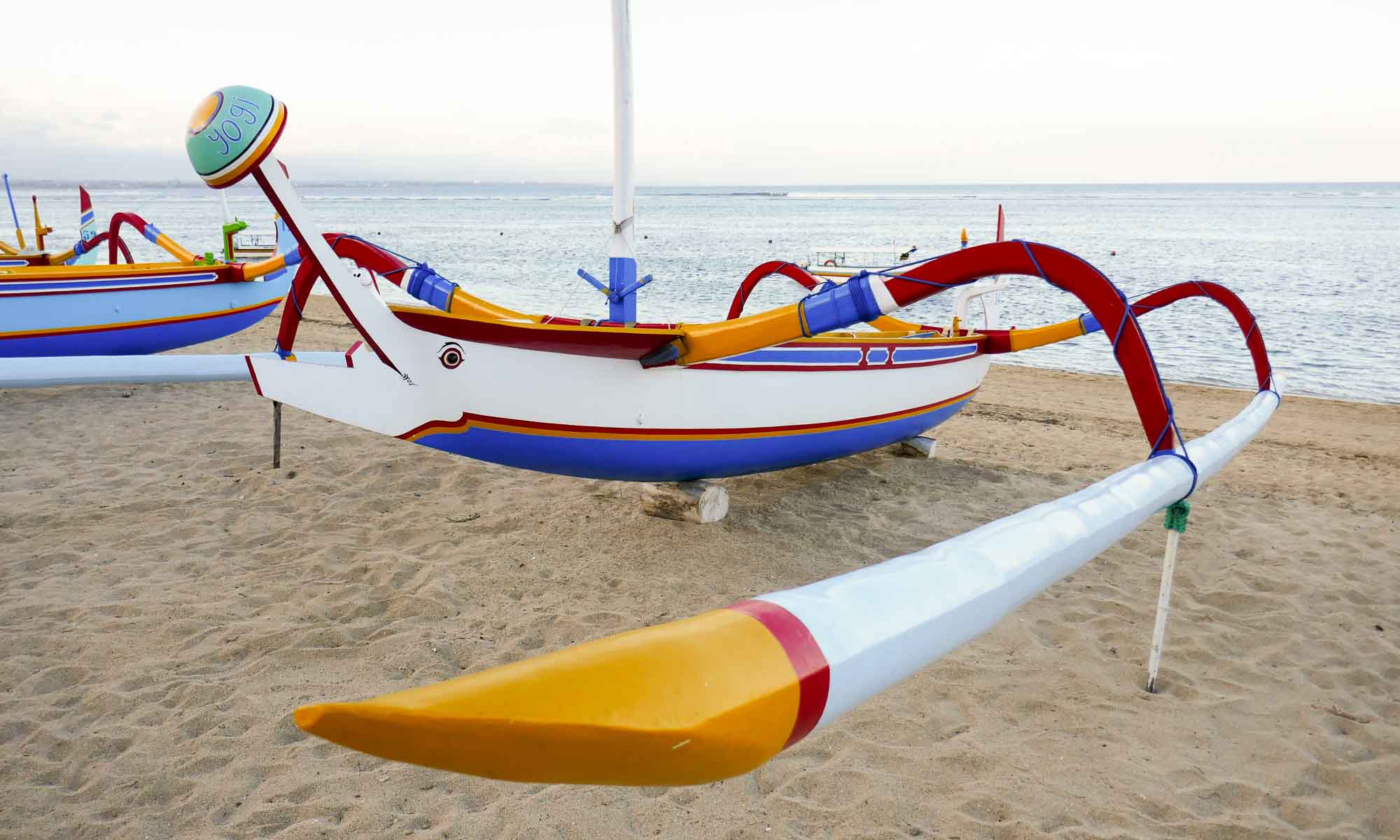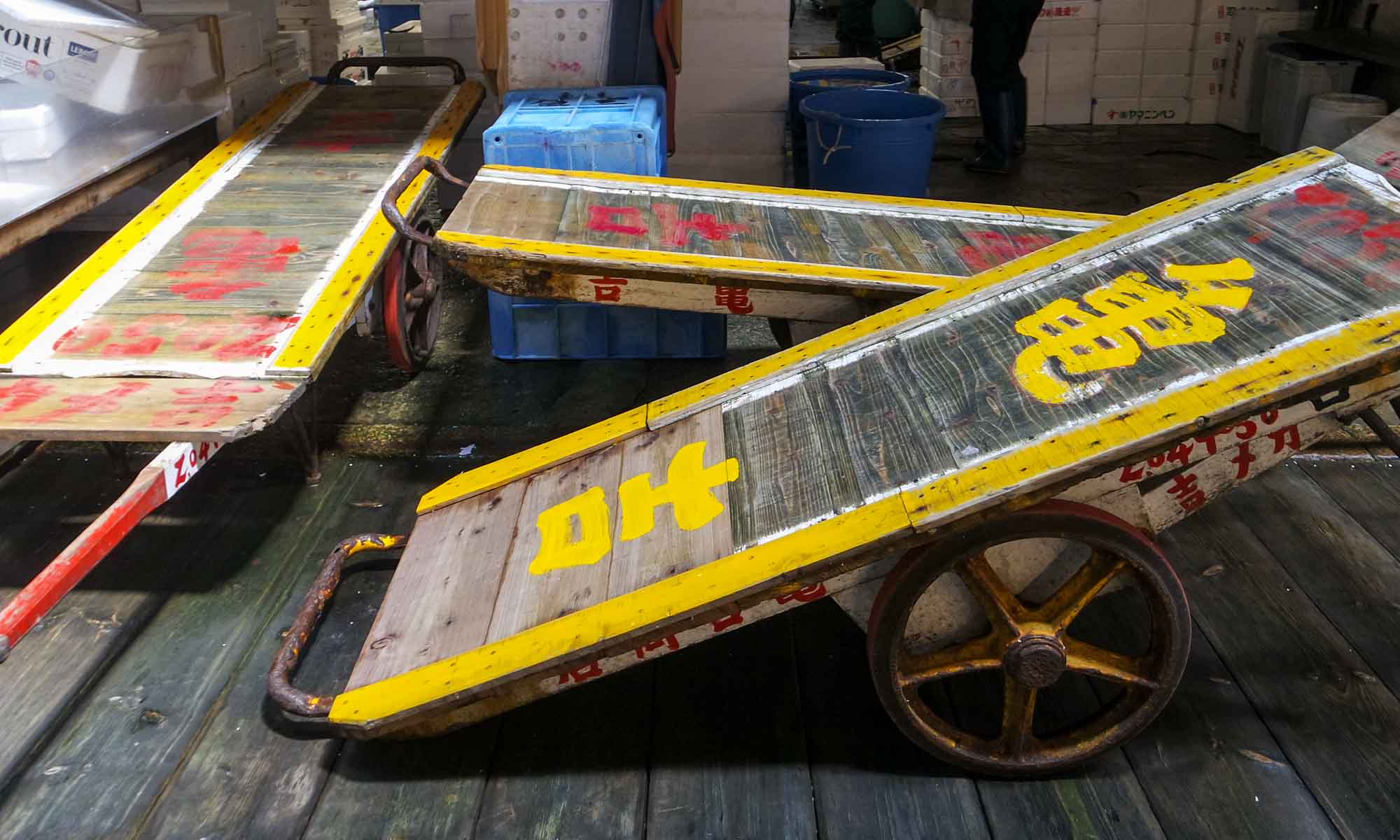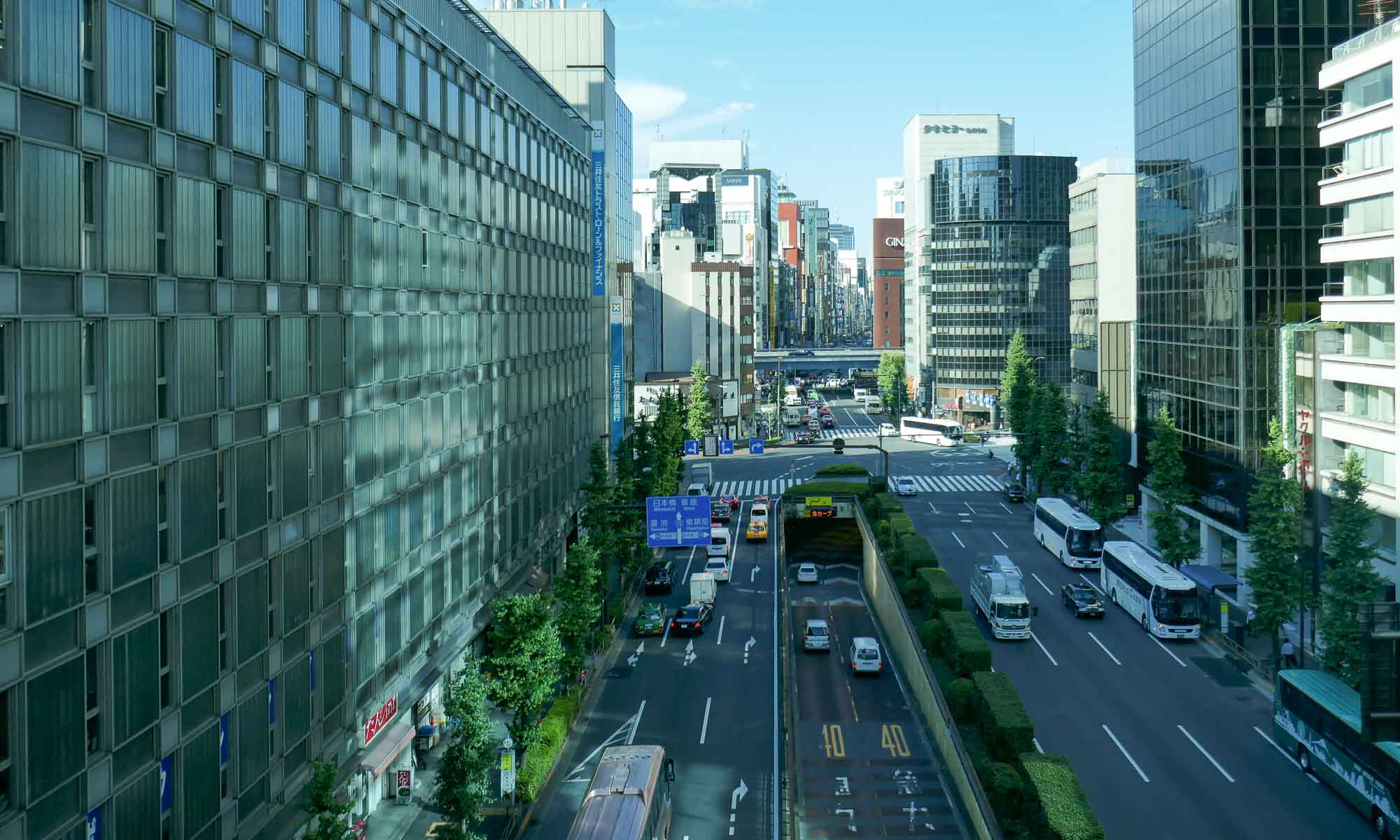Our initial plans had not included venturing to the most northern main island of Japan, Hokkaido. But with the JR railpass, and the ability to travel far and wide at no additional cost we decided to alter our plans. In hindsight we are glad we did, as it became our most favourite part of Japan.
Hokkaido is quite different from all the other areas of Japan. It is the least developed of all the main islands and has several kilometres of unspoiled nature. The weather is definitely much cooler, and the people much more laid back.
Our first stop in Hokkaido was Lake Toya (aka “Toyako”) and the hotspring town of Toyako Onsen. The small quiet town has a population of about 10,000 in an area of over 180 square kilometres. Despite its size, there are a number of large hotels scattered around town, with the most expensive overlooking the lake. The hotsprings are said to cure a number of ailments, and leave skin smoother.
Highlights of Lake Toya
Lake Toya
The picturesque caldera lake which bears its name to the town is considered to be the most northern lake that never freezes. It is part of the Shikotsu-Toya National Park, and was registered as part of the Global Geoparks Network in 2010. The lake is 10 kilometres from east to west and 9 kilometres from south to north.
Nightly, between April and October, fireworks are played above the lake.
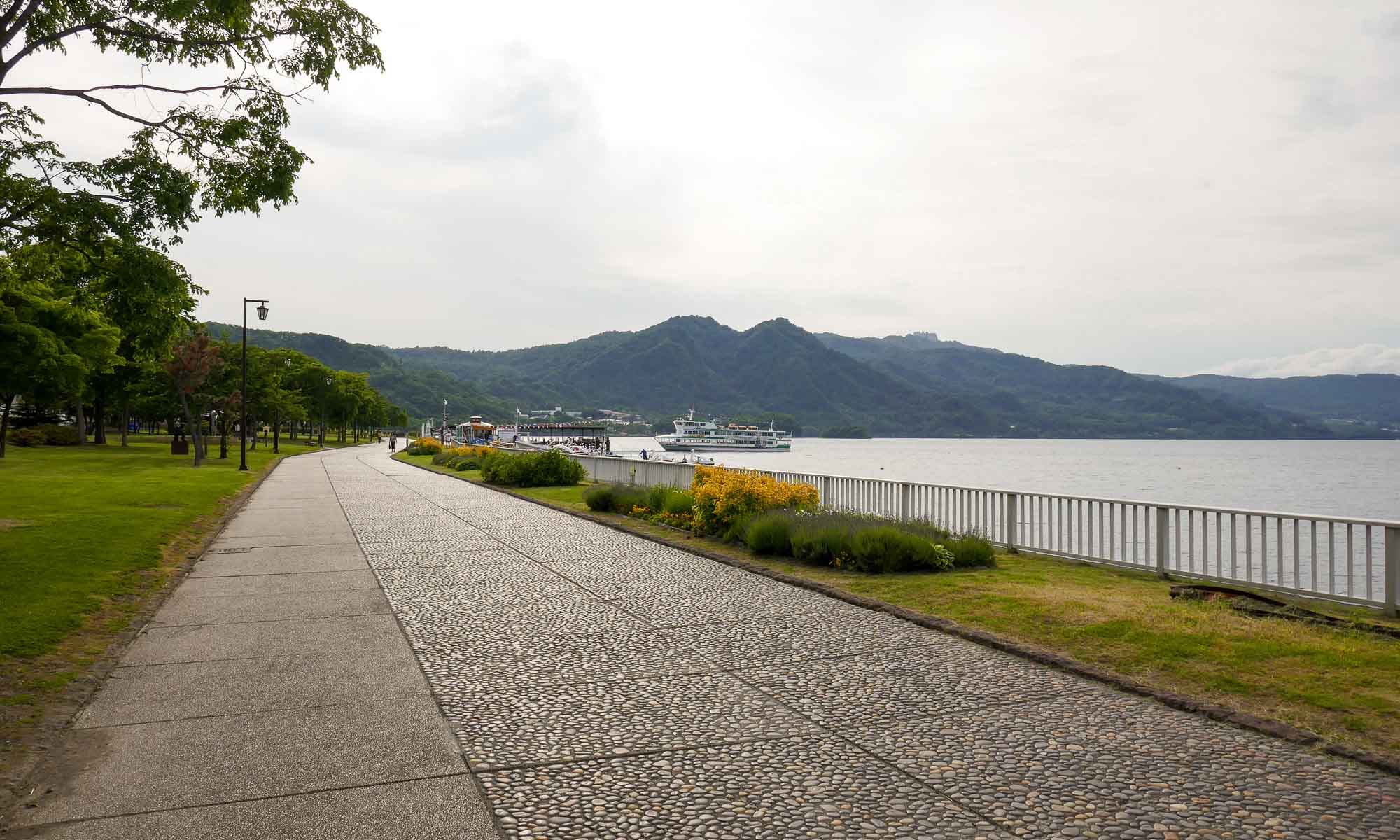
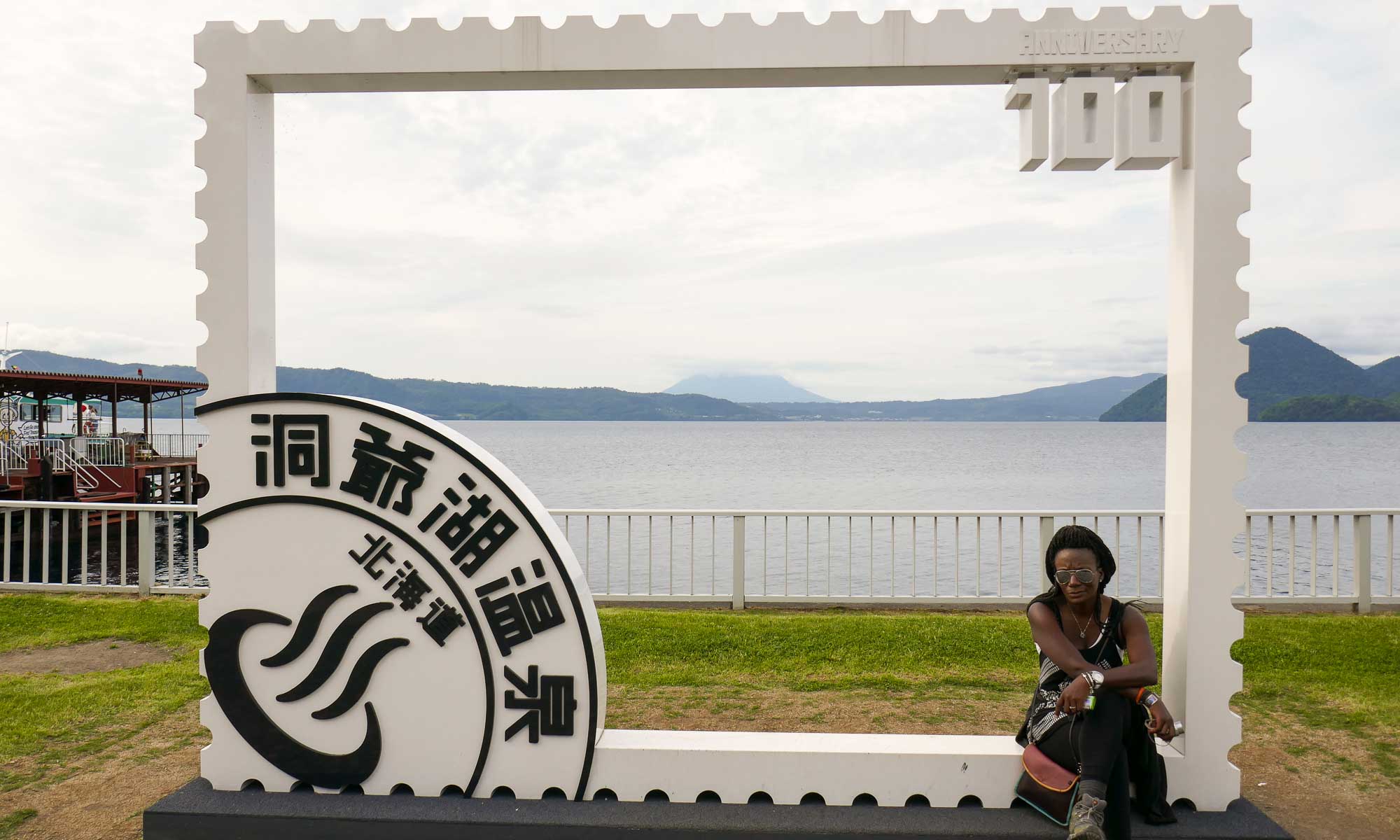
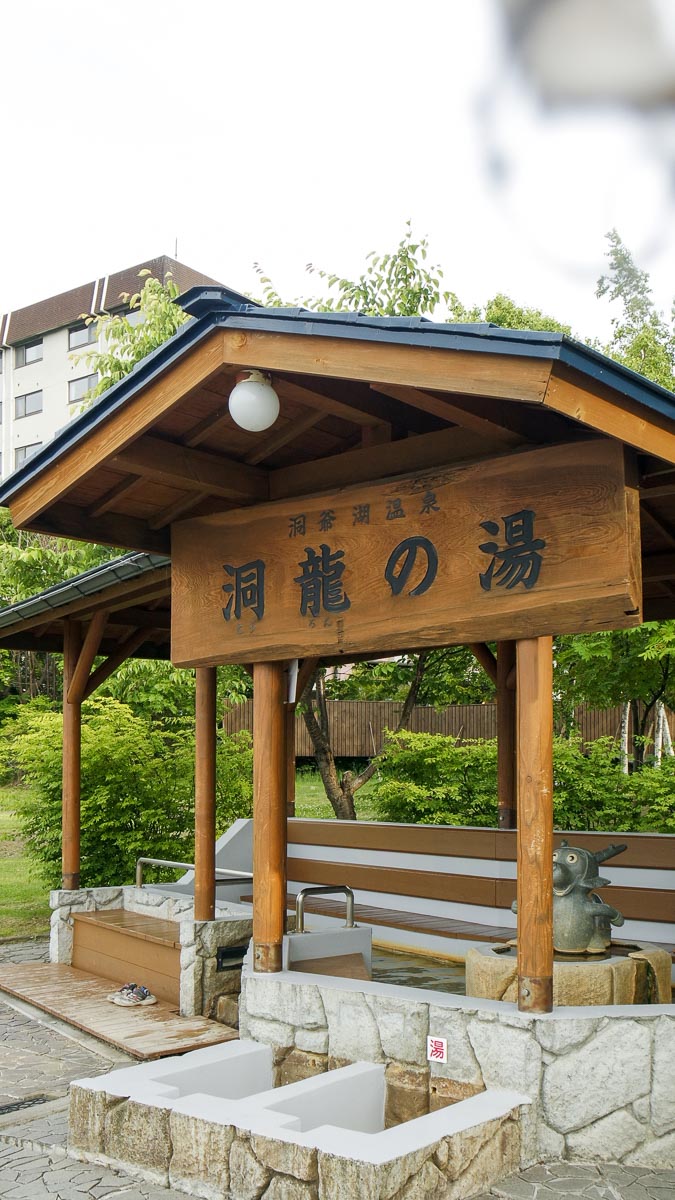
Showa Shinzan
Showa Shinzan is a volcanic lava dome that was created as a result of the volcanic activities of Mount Usu, between 1943 and 1945. It sits at the foot of Mount Usu, and is the youngest mountain in Japan. Currently the peak is over 398 m, with smoke still rising from it.
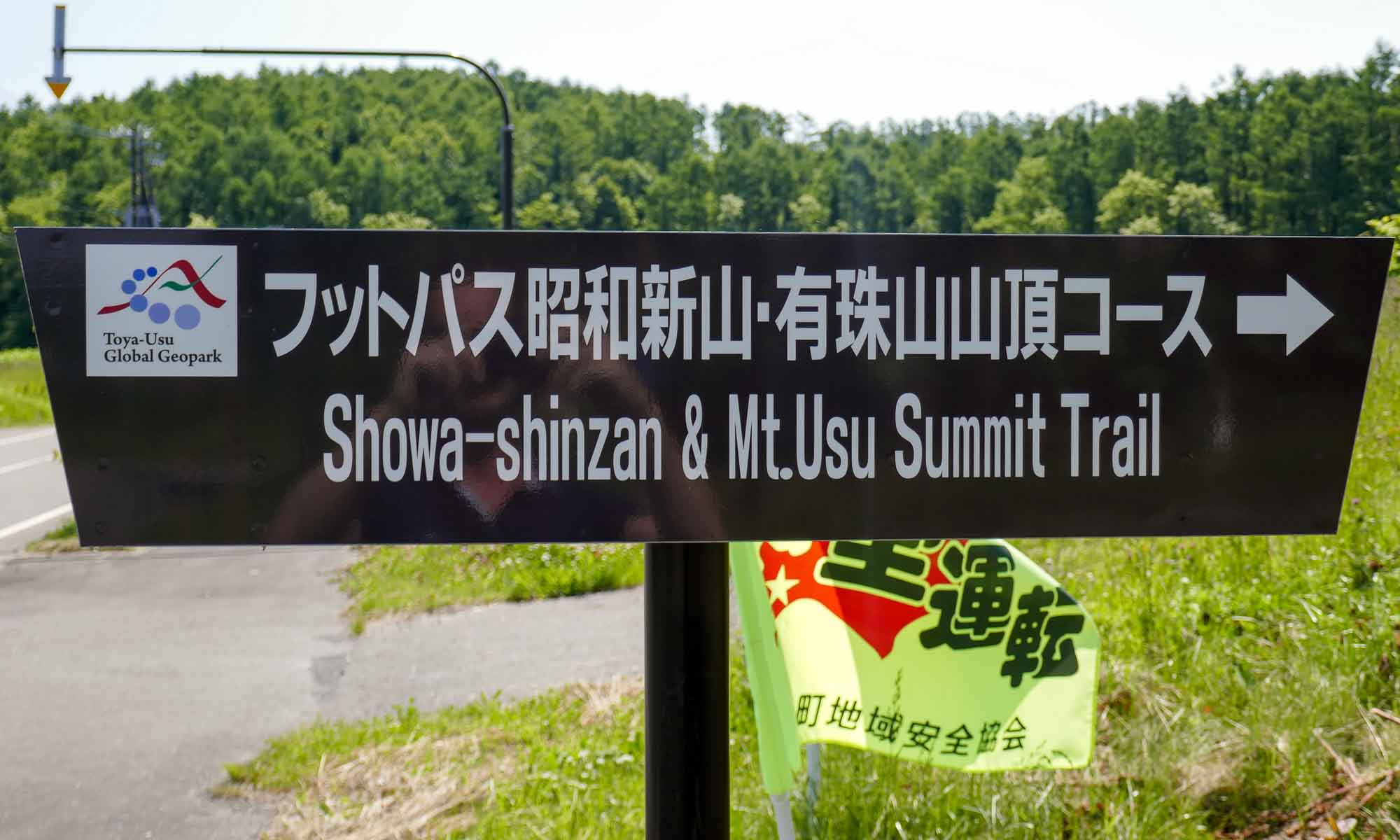
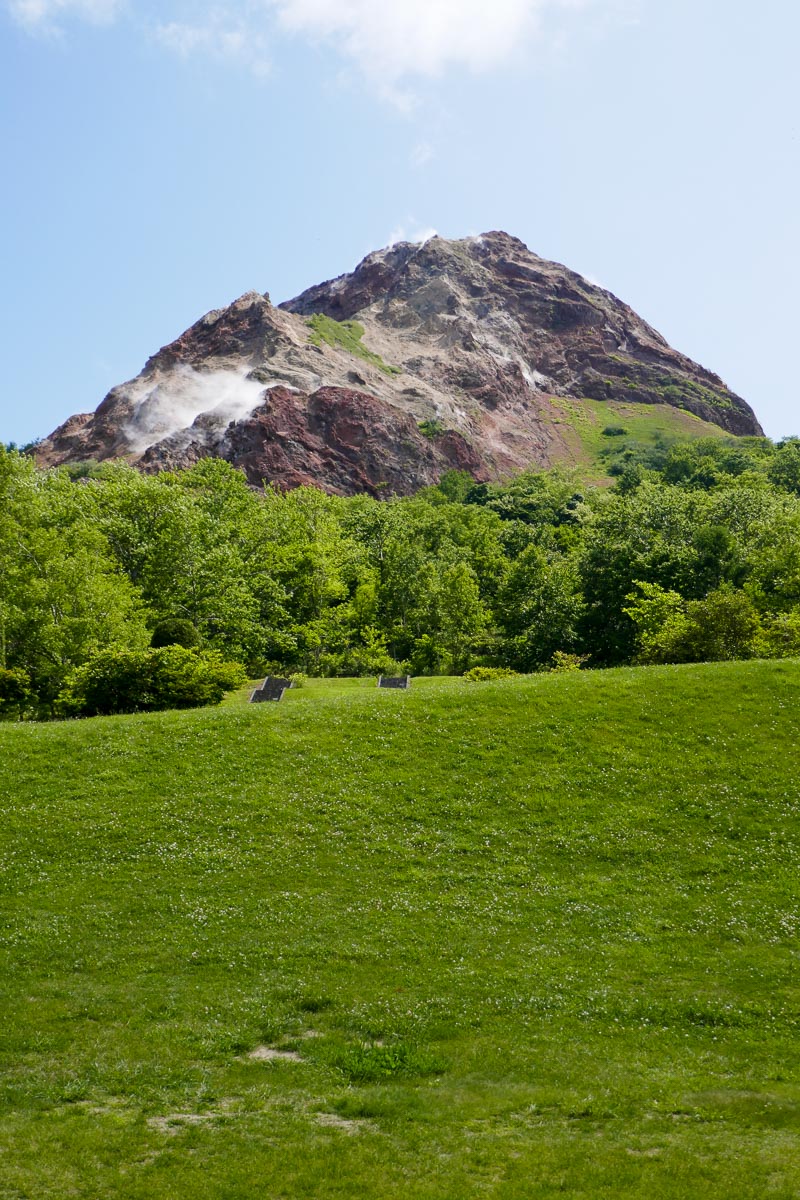
Getting to Showa Shinzan
An irregular bus runs from Toyako Onsen – 10:00; 13:00; 14:00; 16:00 (One-way cost: Y340)
Mount Usu
A 737 m high volcano located to the south of Lake Toya, Mount Usu is an active volcano that has erupted 4 times in the last 100 years. It last erupted in 2000. Amazingly, with the amount of preparations and crisis management, despite over 234 homes being destroyed and 217 homes being damaged, there were no fatalities or injuries.
To get to the summit, we used the Usuzan Ropeway. At the summit there are two observation points. One with views of the lake and Showa Shinzen, and the other of the ocean and Mount Usu’s largest crater, which is still pumping out steam. To get closer views of the crater, we walked down about 600 stairs and hiked the Usu Outer Rim trail (1.1 km).
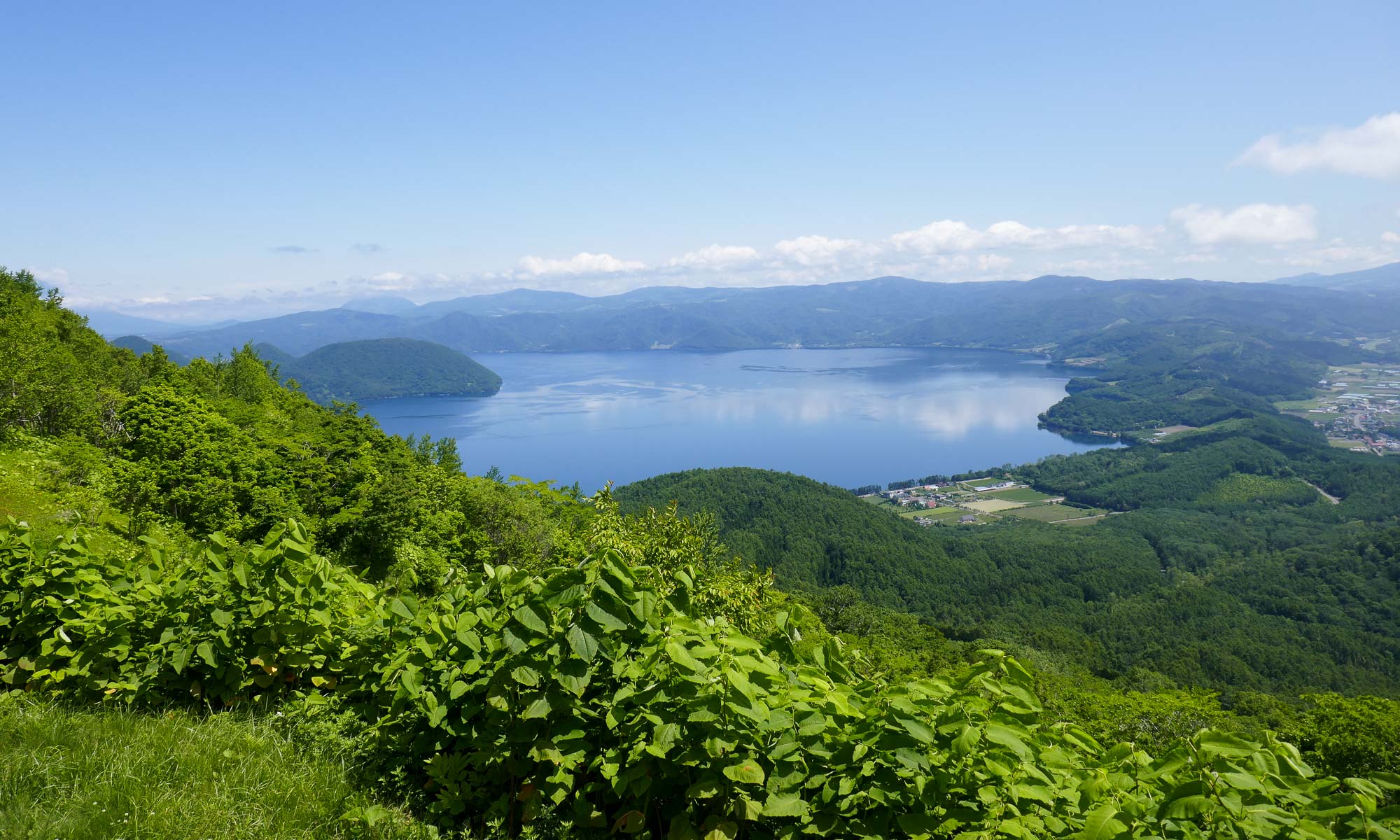
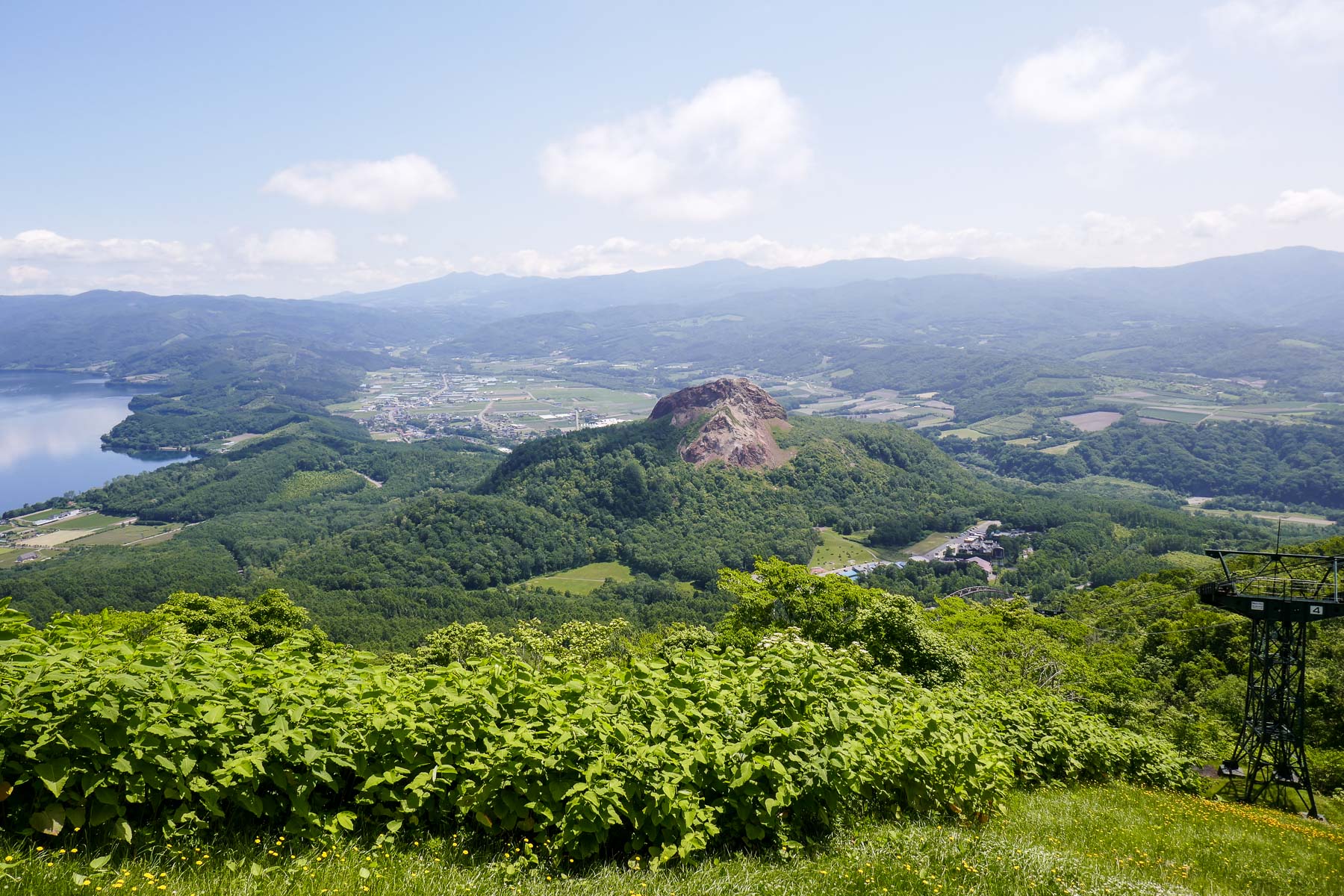
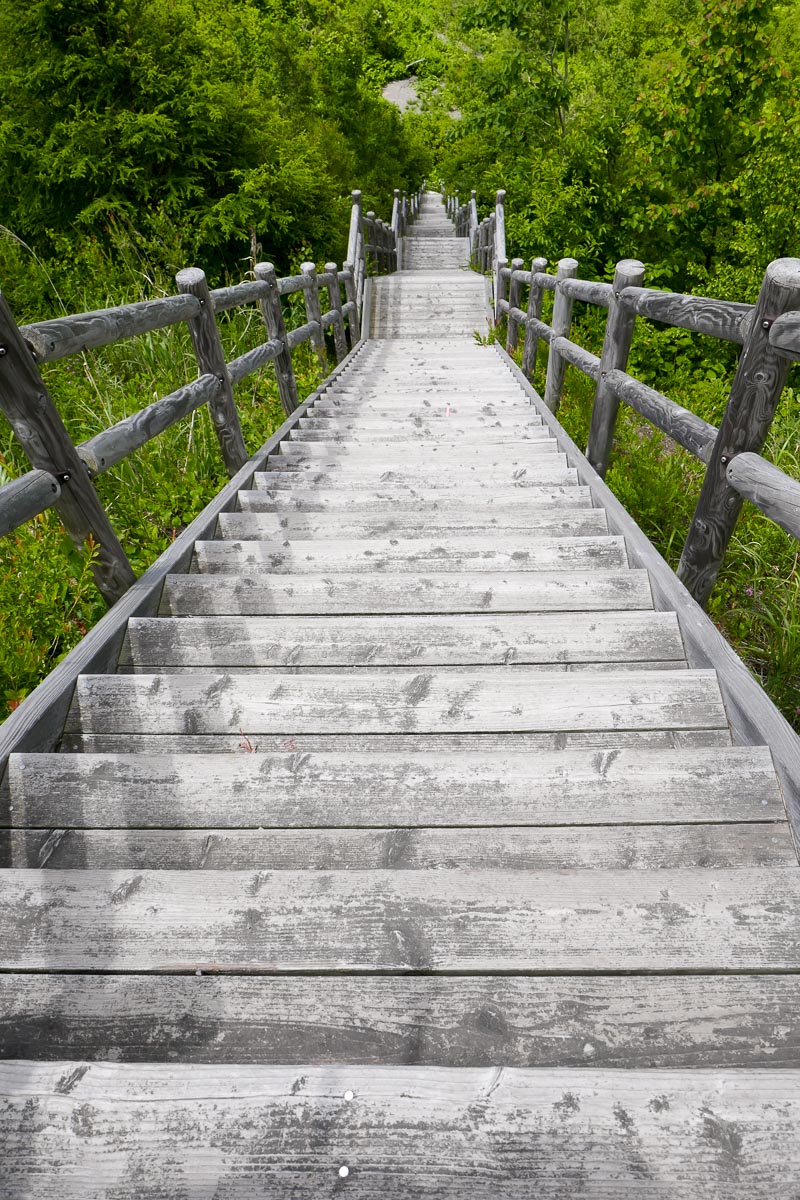
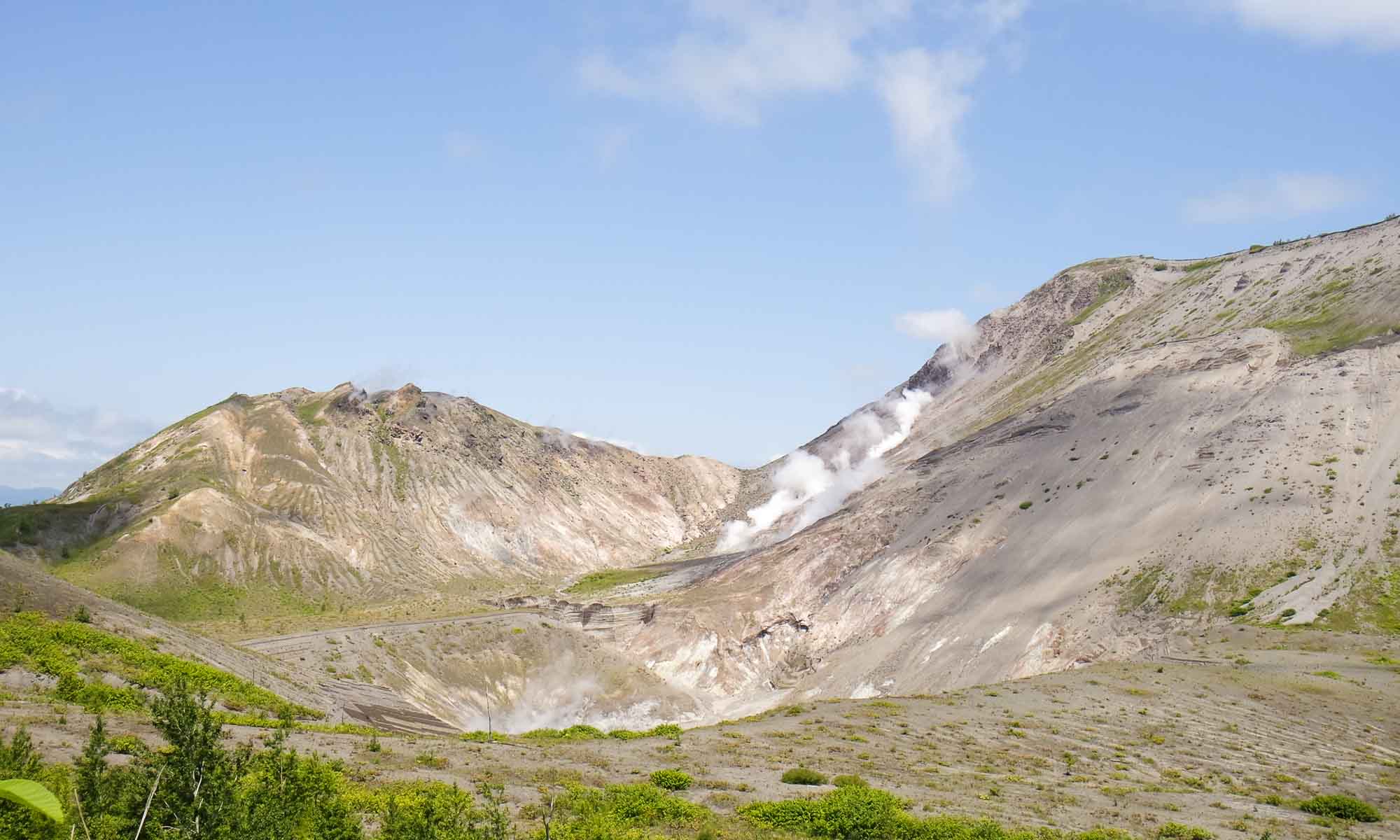
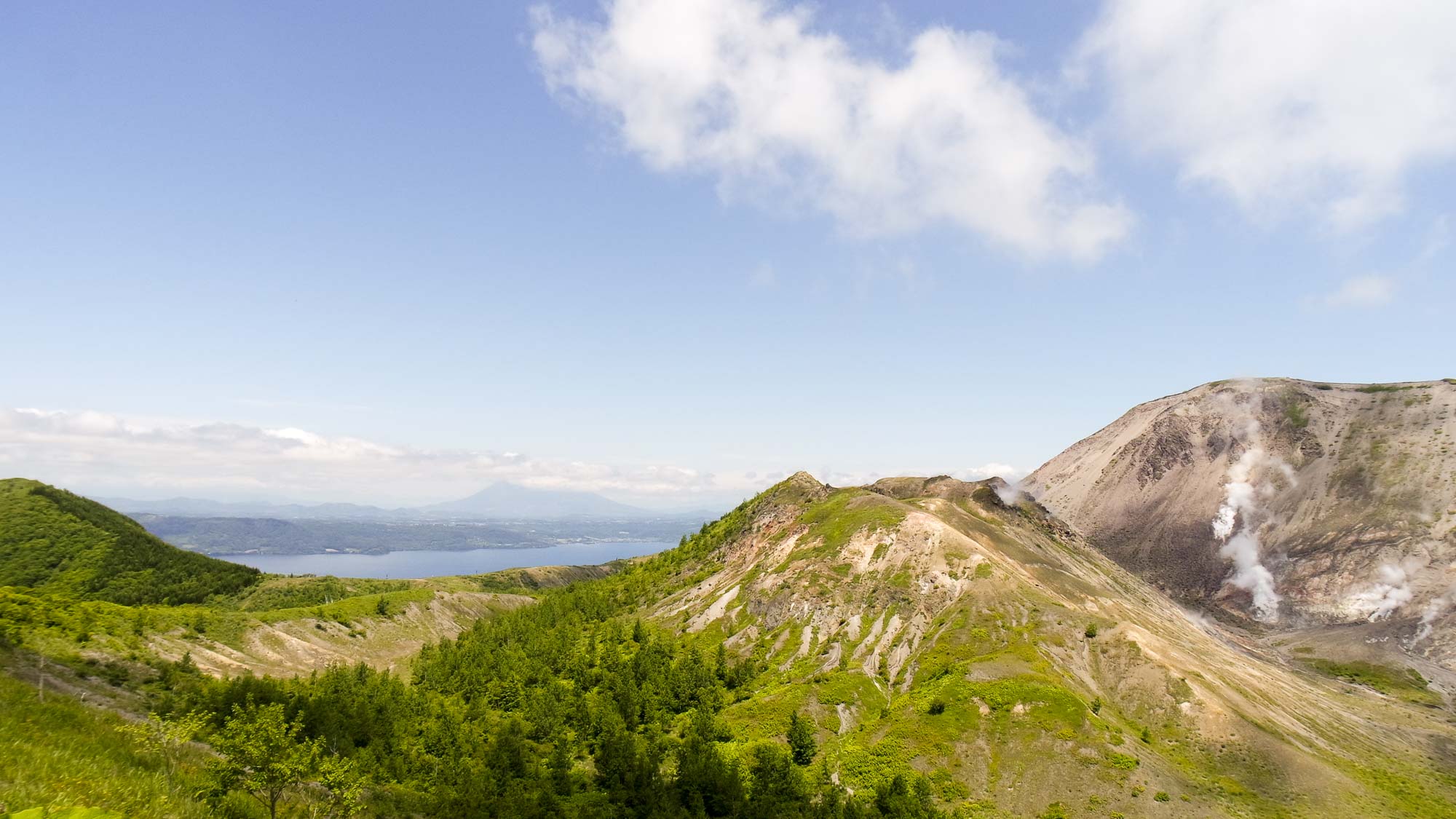
Ropeway fee: Y1,500 (roundtrip)
Getting to Mount Usu
An irregular bus runs from Toyako Onsen – 10:00; 13:00; 14:00; 16:00 (One-way cost: Y340)
Usuzan West Craters
The March and April 2000 eruptions of Mount Usu resulted in 60 new craters and the destruction of over 400 homes. Shortly after it was decided that part of the affected area would be preserved and converted into a memorial park. Much of the area can be visited today via two walking trails: the Kompirayama Walking Trail and the Nishiyama Crater Walking Trail. The preserved area includes a housing complex, a bath house, a fire station, nursery, bridges and some roads.
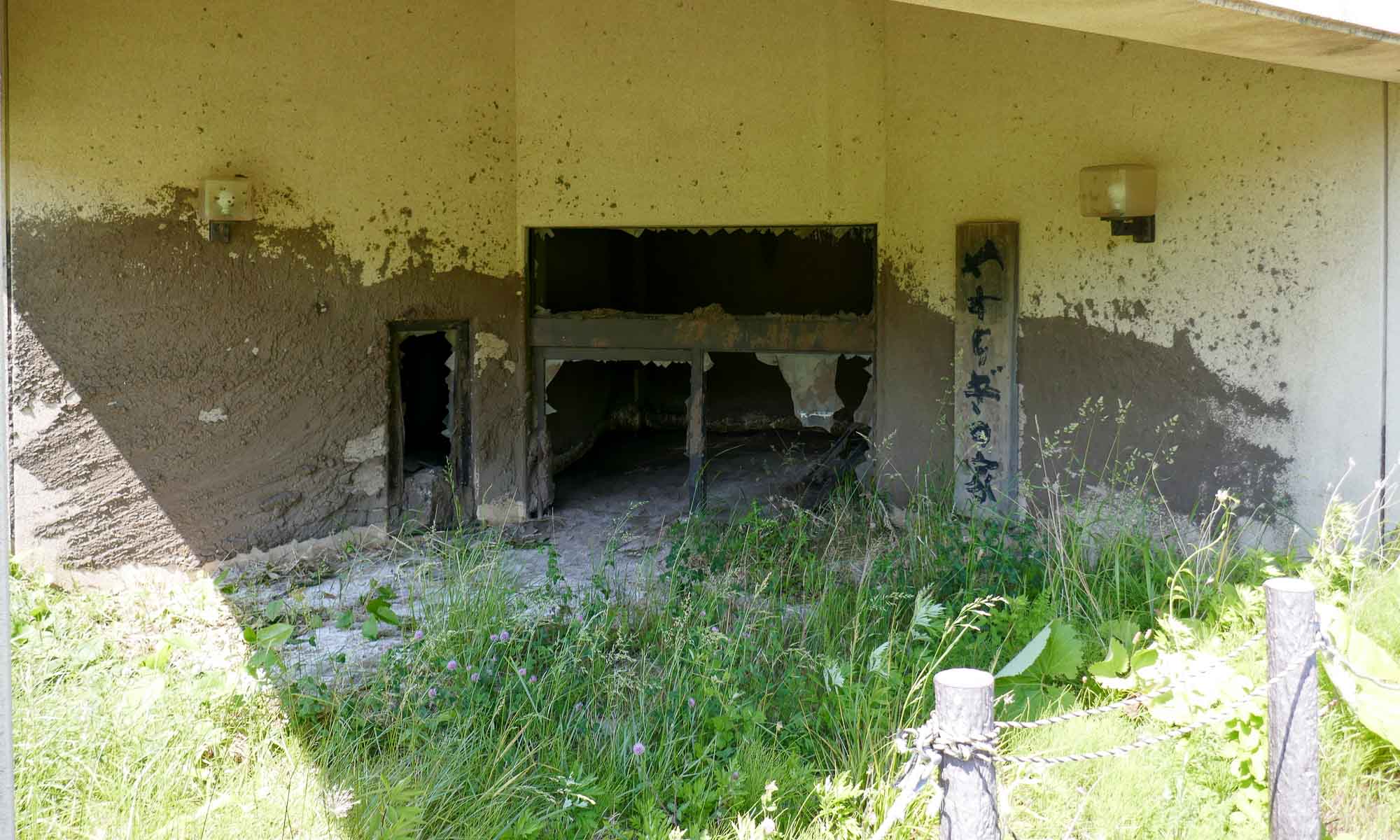
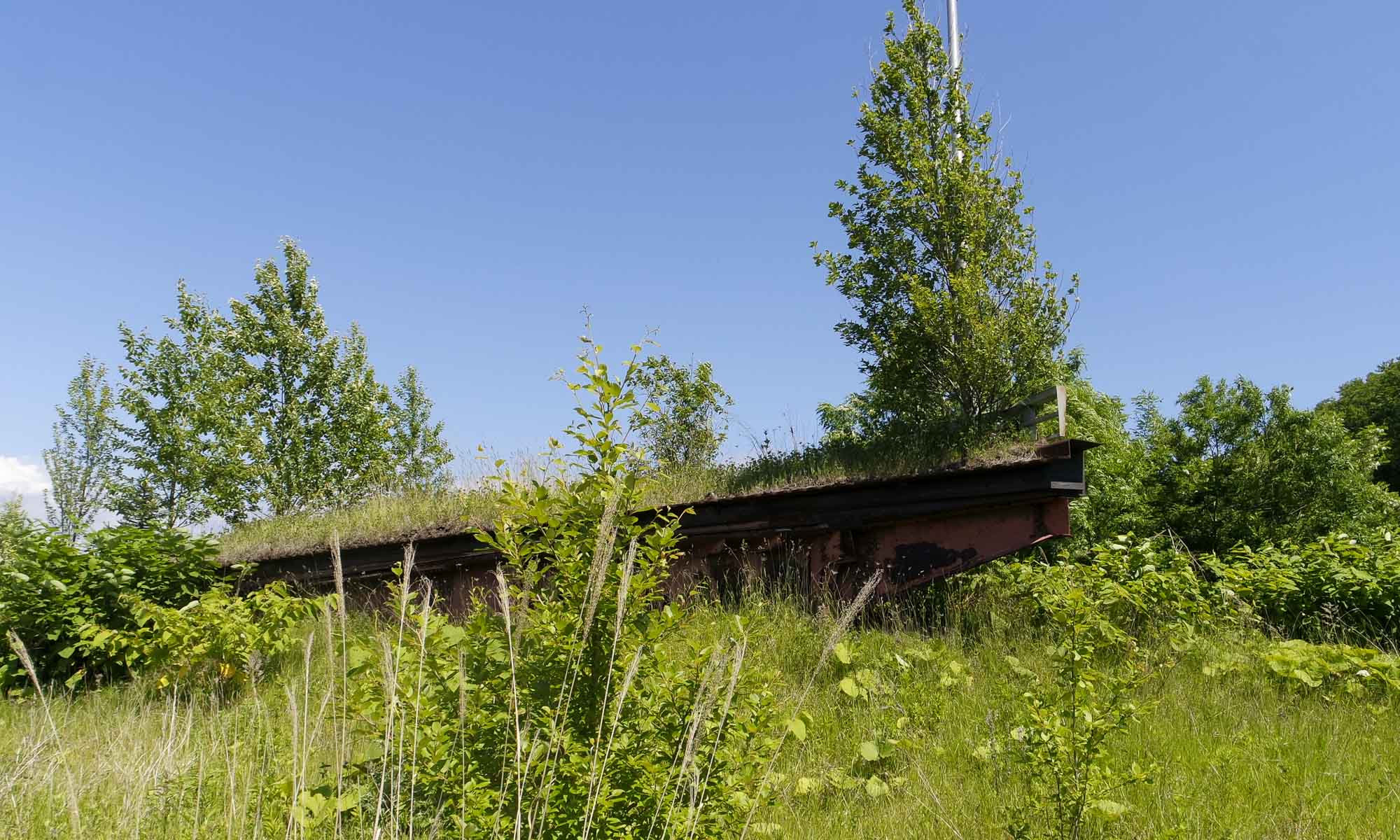
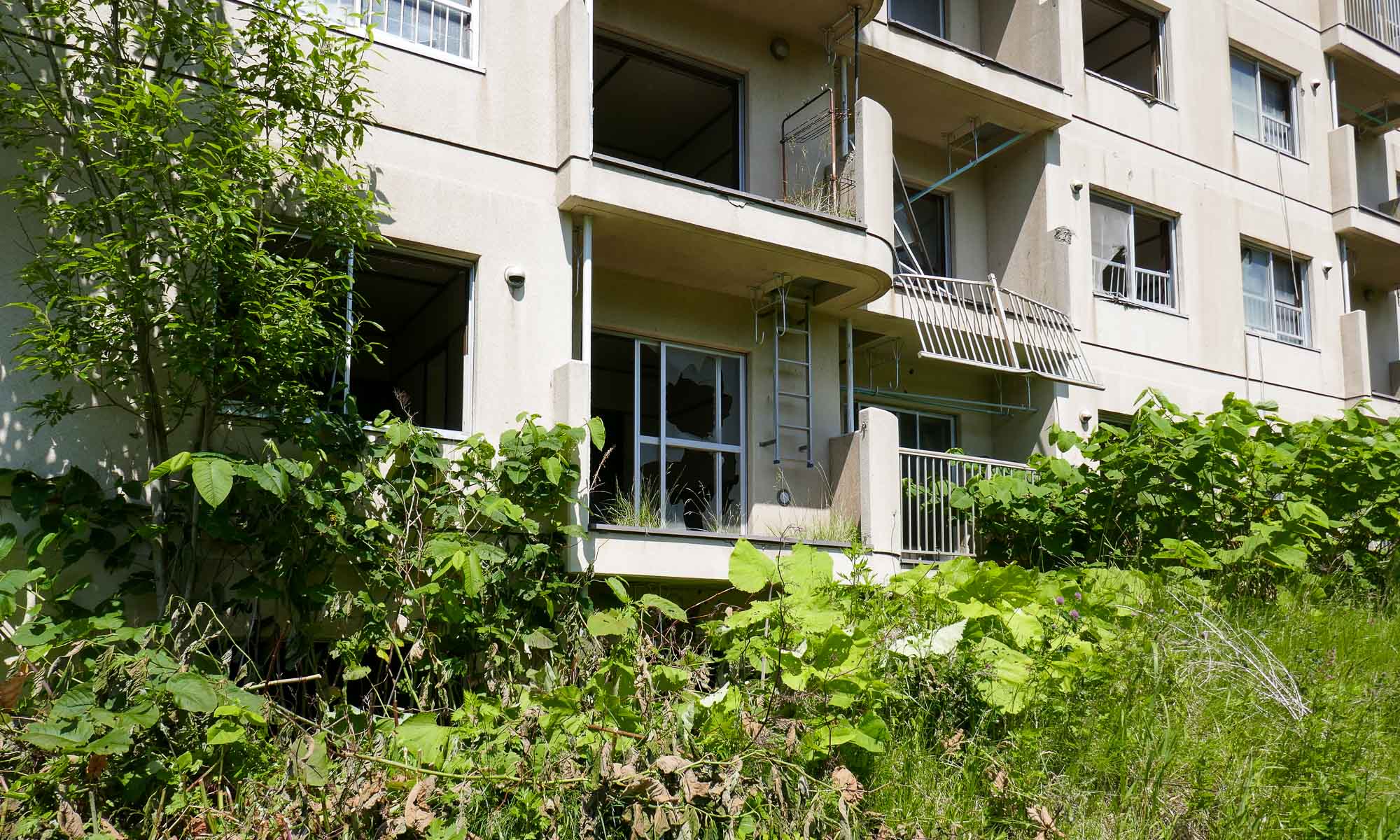
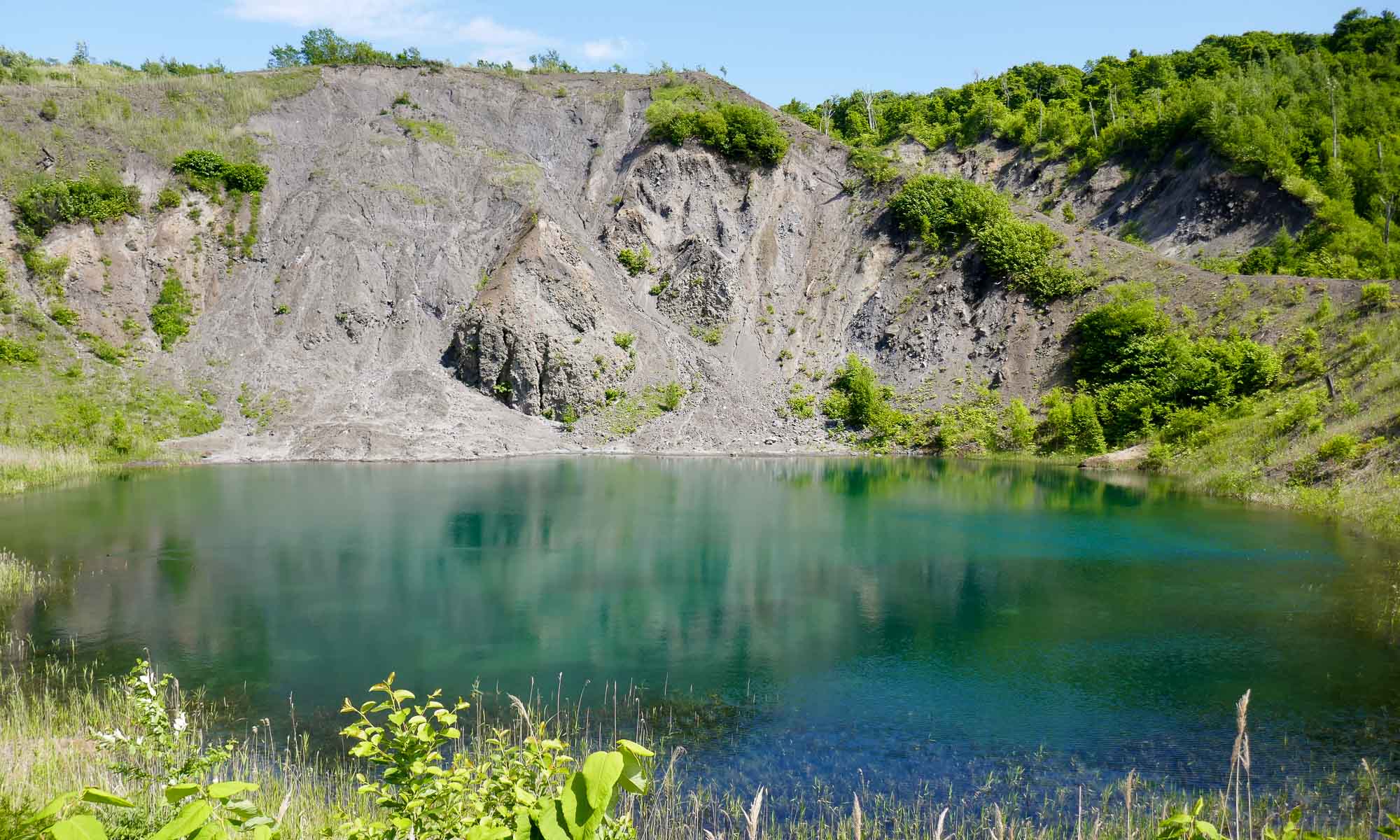
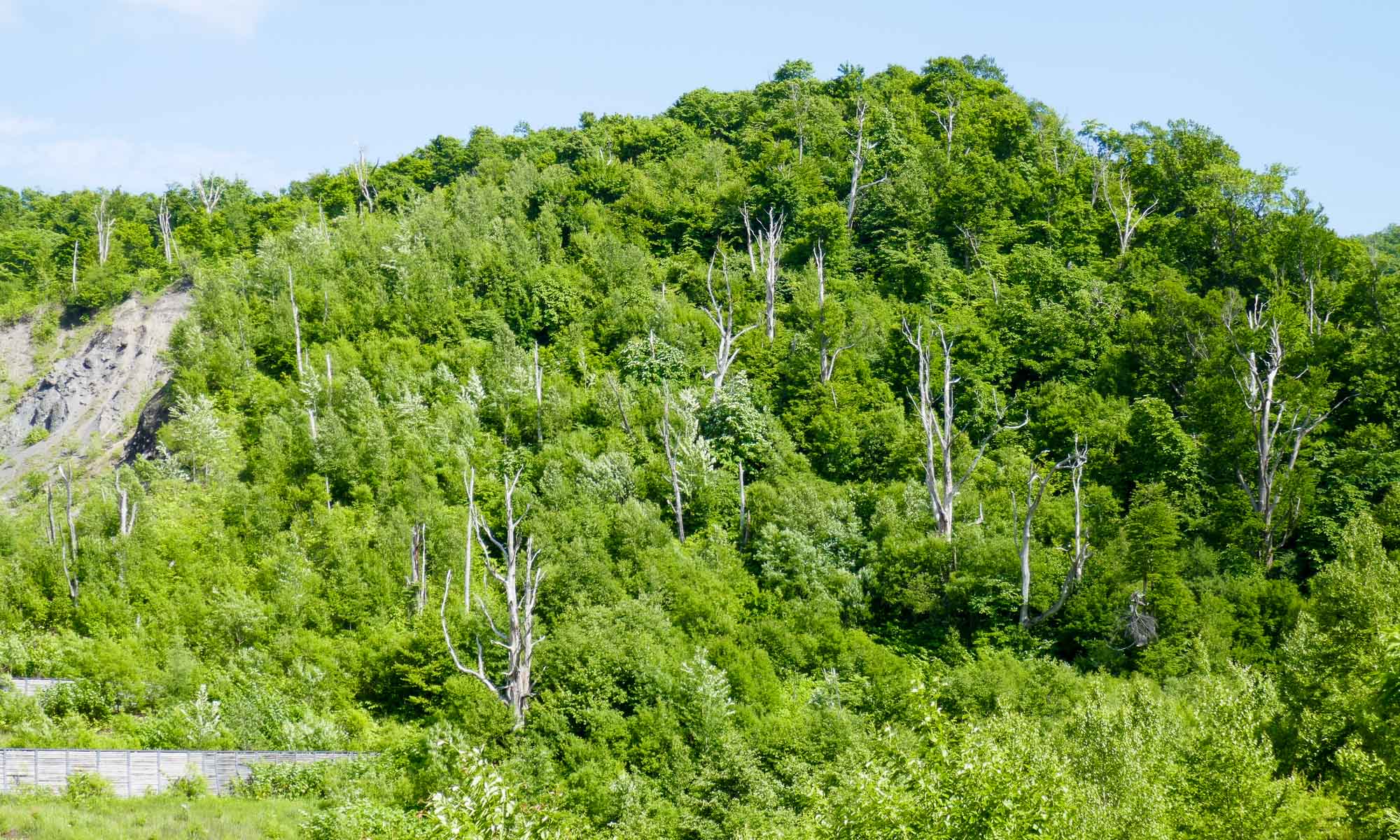
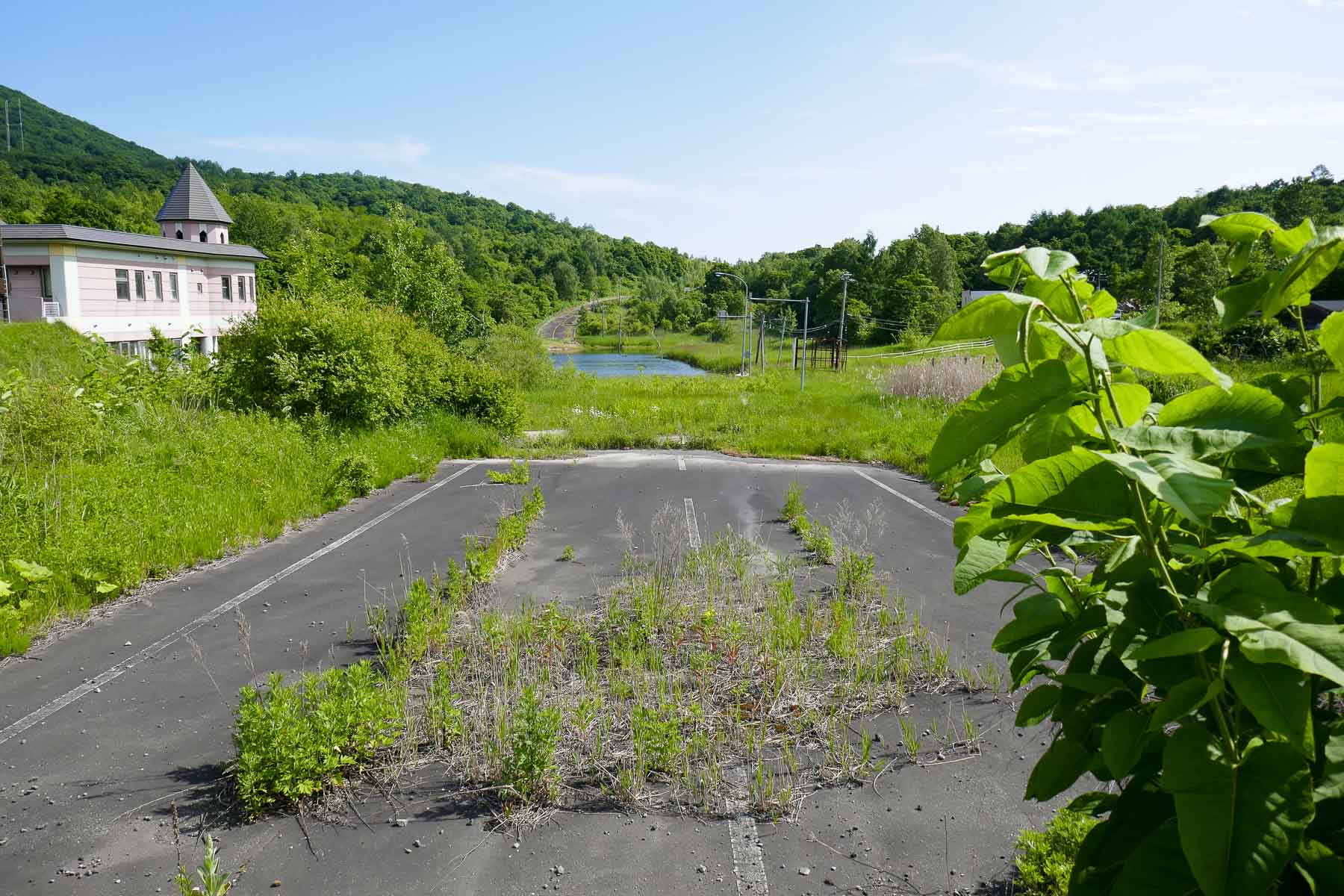
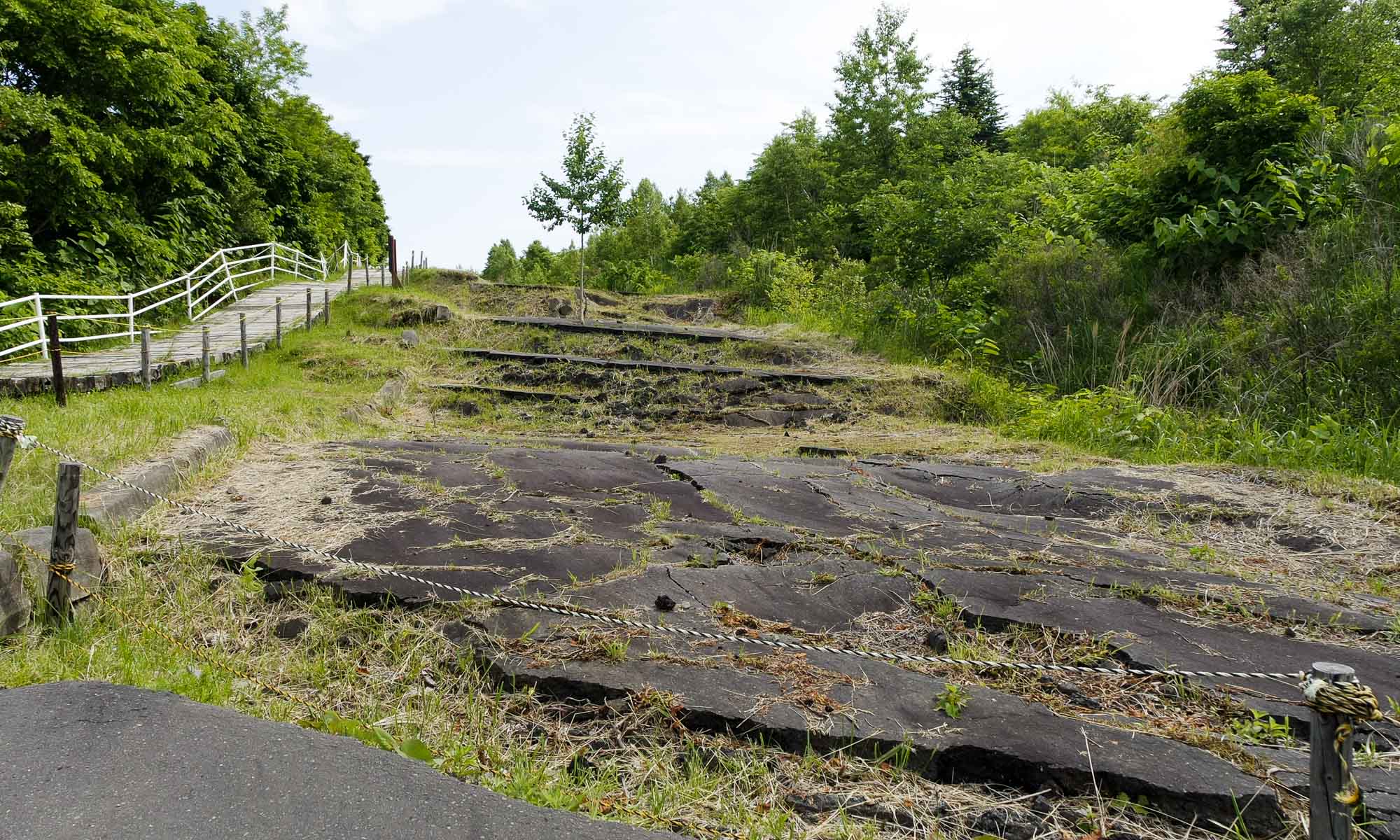
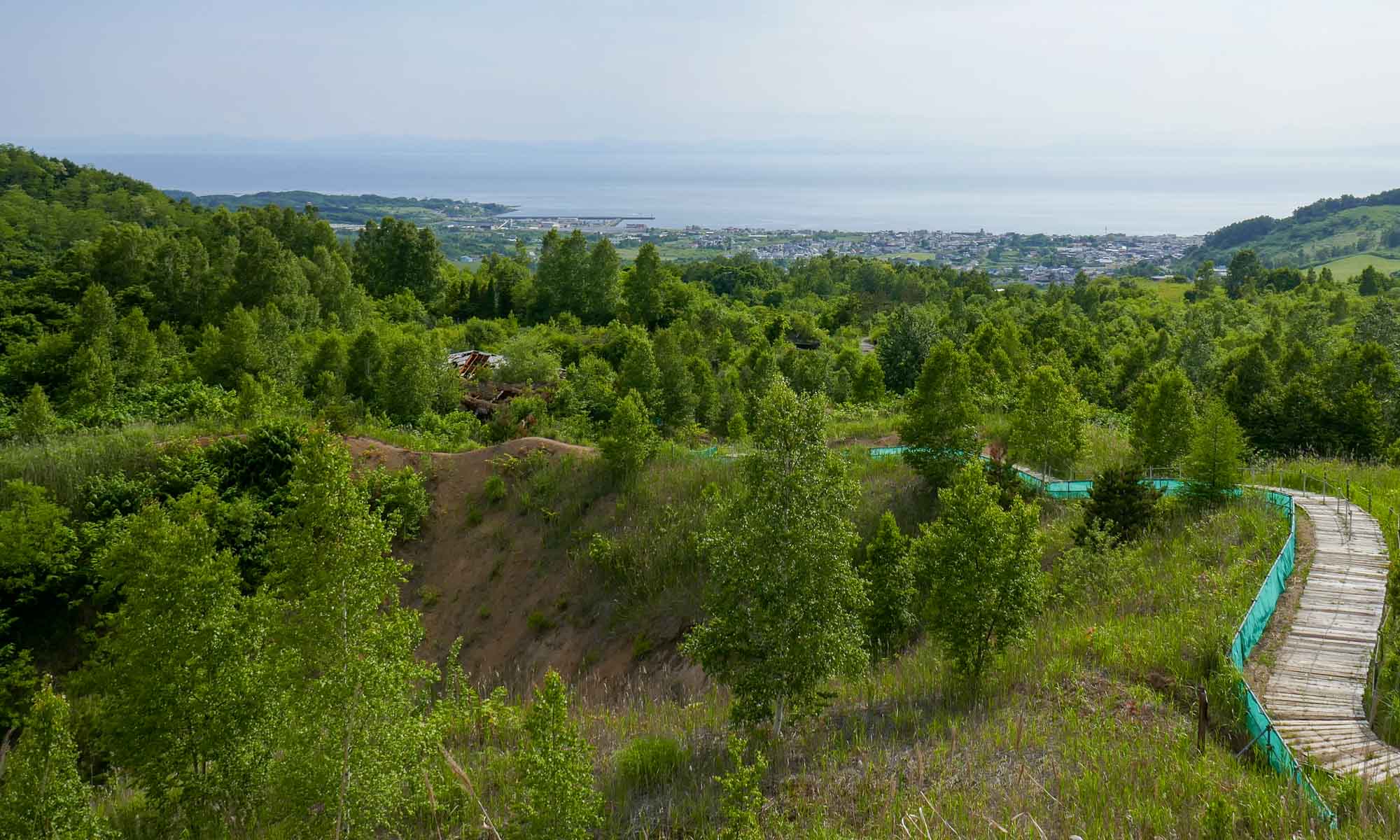

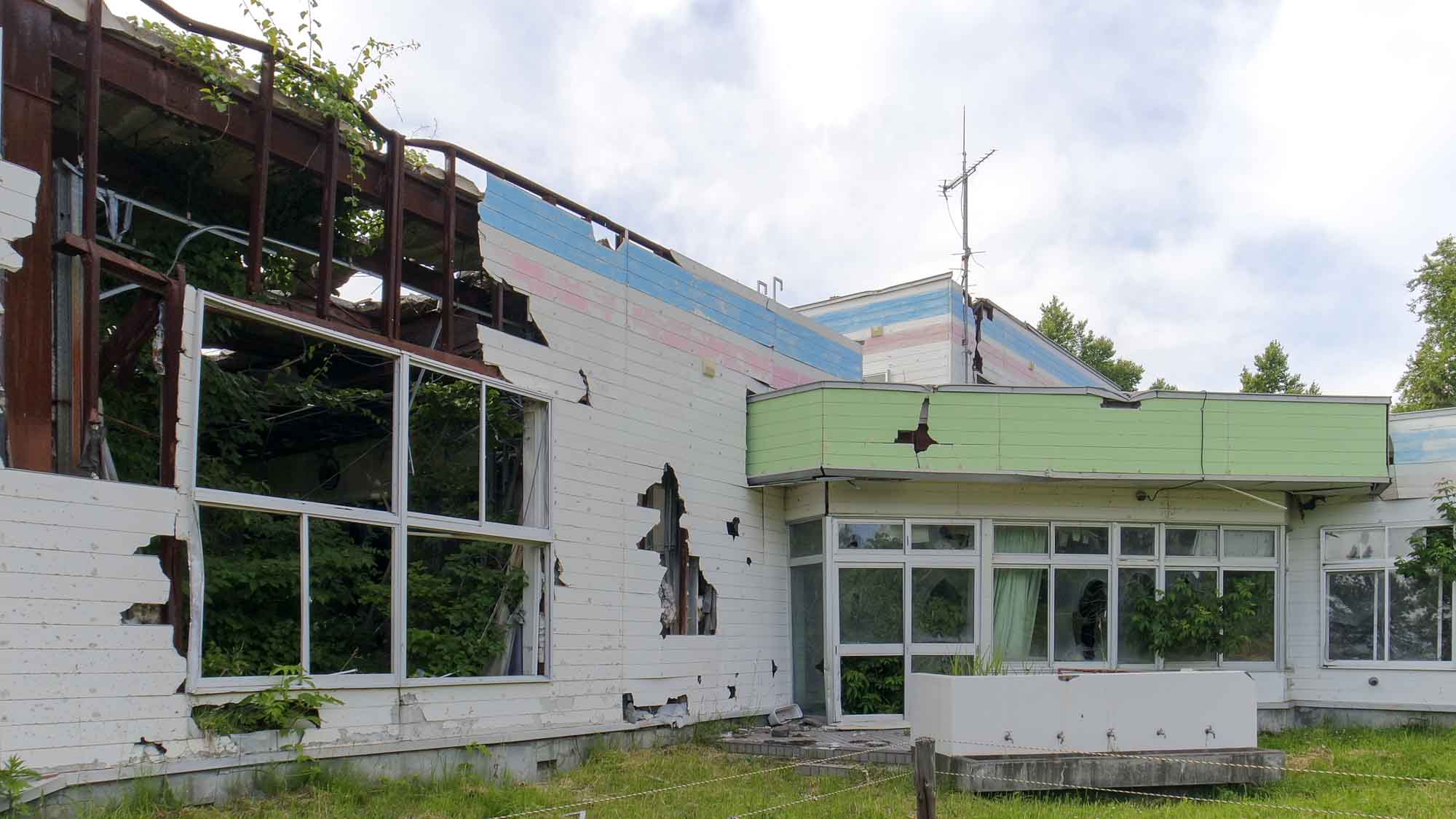

Getting to the Usuzan West Craters
The entrance for the Kompirayama trail head is located right behind the Volcano Science museum. The end of the Kompirayama trail leads straight into the Nishiyama trail, but at the end of the Nishiyama trail there are no transportation options. To get back into town, we had to walk back to the junction of the two trails at the old fire station and catch a bus.
Sleeping in Lake Toya
As Toyako Onsen is a hot springs resort town, we soon realized that even in the low season, hotels were above our budget. As a result of this, we had to book a hotel at the nearby town of Sobetsu, which is close to mount Usu.
Hotel Nakanoshima
The hotel faces Lake Toya and is about a 15-20 minutes walk from Showa Shinzan. The hotel shares a reception and other facilities with the attached hostel, Showashinzan Youth Hostel. Staff at the hotel spoke barely any English, but were friendly and attempted to assist us with plans. The room was large as we had booked a room with a tatami area, but furnishings were out-dated. The bathroom was clean but the smallest we had ever seen. Breakfast was solely Japanese, and prepared fresh every morning.
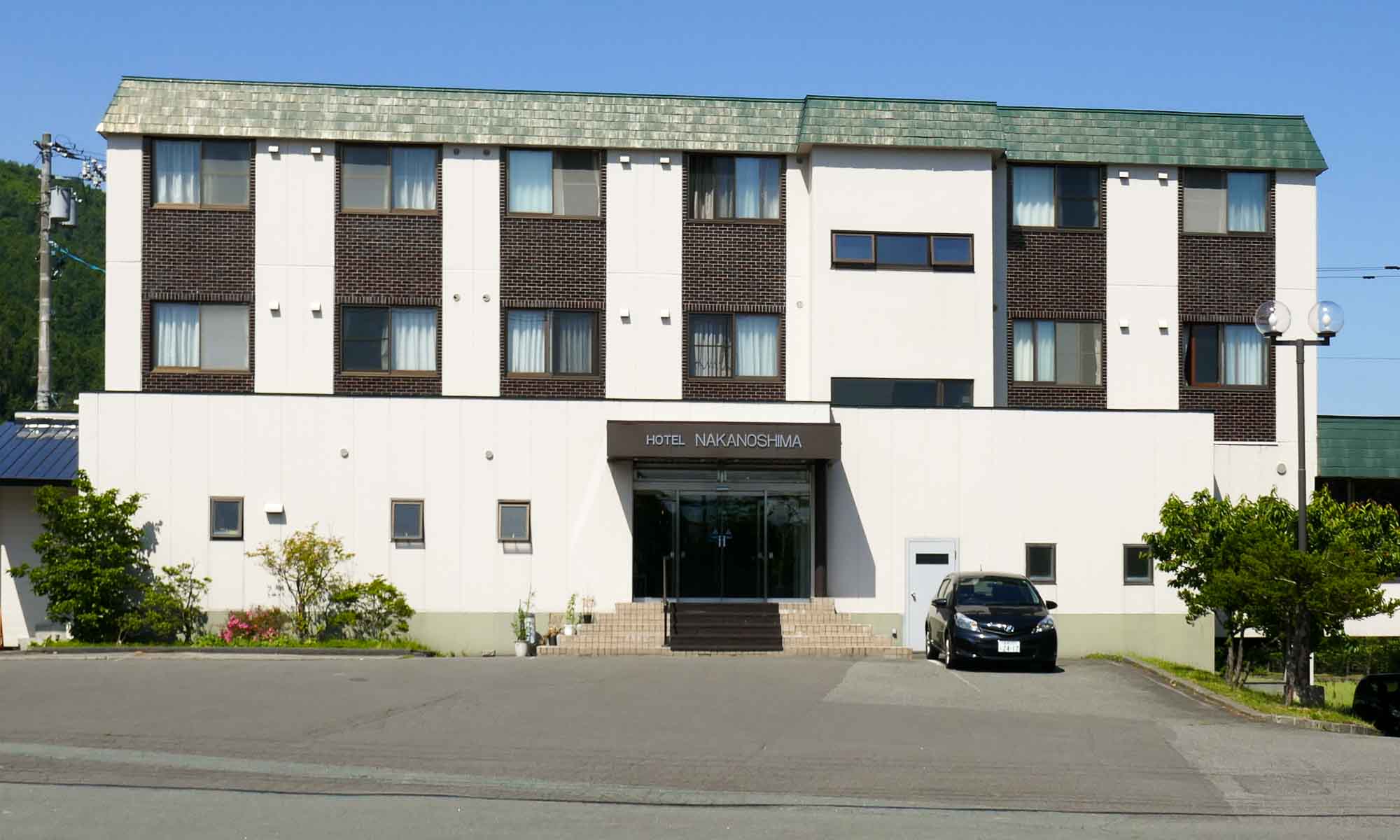
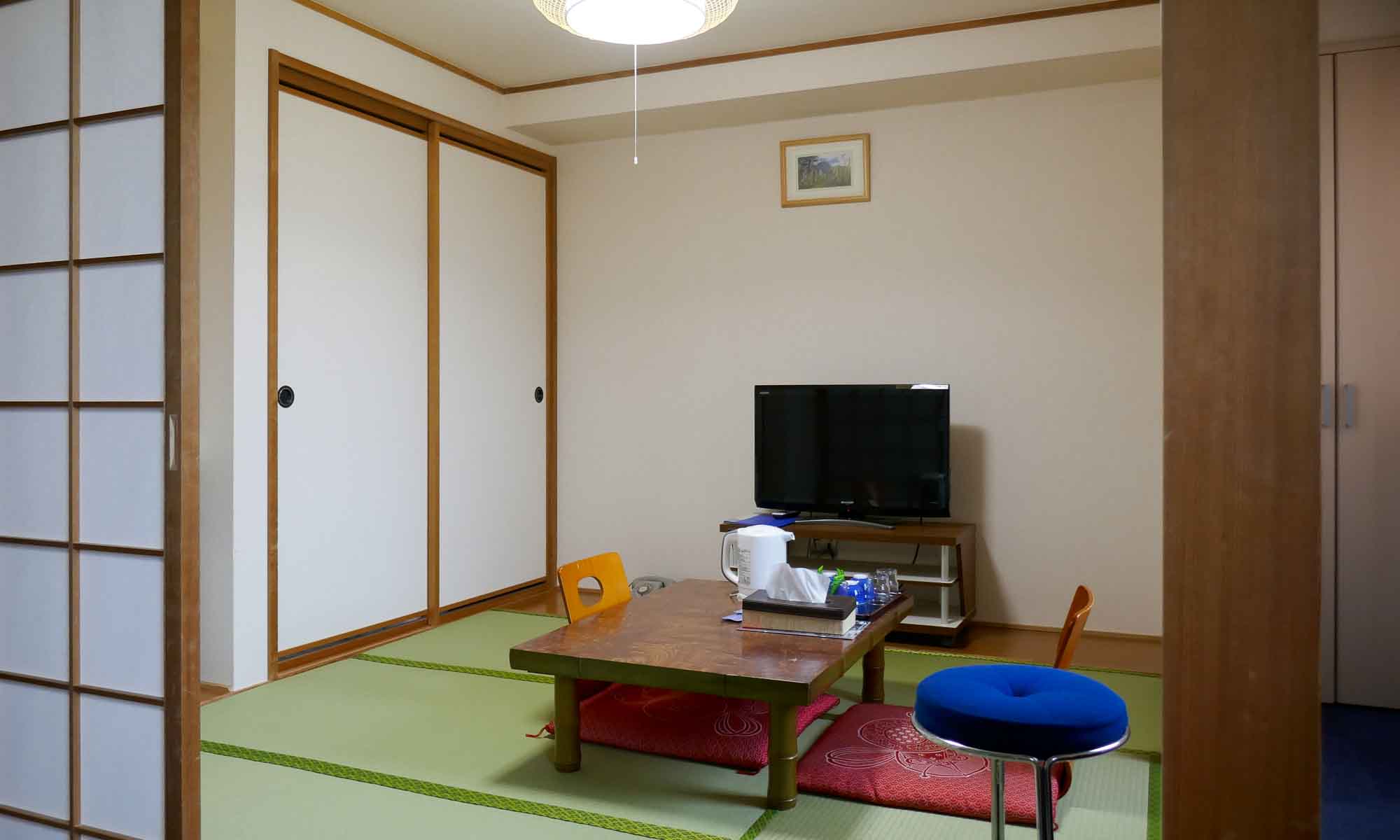
Dining in Lake Toya
Cafe Jalibu
This cafe was a surprise to find not far from our hotel. It is a trendy cosy place, that looked as though it had been transported straight from New York. The food was affordable and excellent.
ハイドゥン
We found this burger joint when we were waiting for the bus back to Sobetsu. Another trendy place, it was different from what we had encountered so far in Japan. The staff were friendly and the food decent.
Getting to Lake Toya
The journey from Kyoto took a total of 9 hours. With no direct trains, we took the JR Tokaido/Sanyo Shinkansen from Kyoto to Tokyo (2 hours 20 minutes) and had 10 minutes to transfer to JR Hokkaido Shinkansen. From Tokyo we then boarded the JR Hokkaido Shinkansen, which travels via the Seikan tunnel and terminates at Shin-Hakodate-Hokuto (4 hours). From there we transferred to the Hokuto limited express train which took us to Toya Station (2 hours).
Once at Toya, we learnt we had missed the last bus to Sobetsu, and therefore had to catch a bus to the Toyako Onsen bus terminal and take a taxi from there to our hotel.
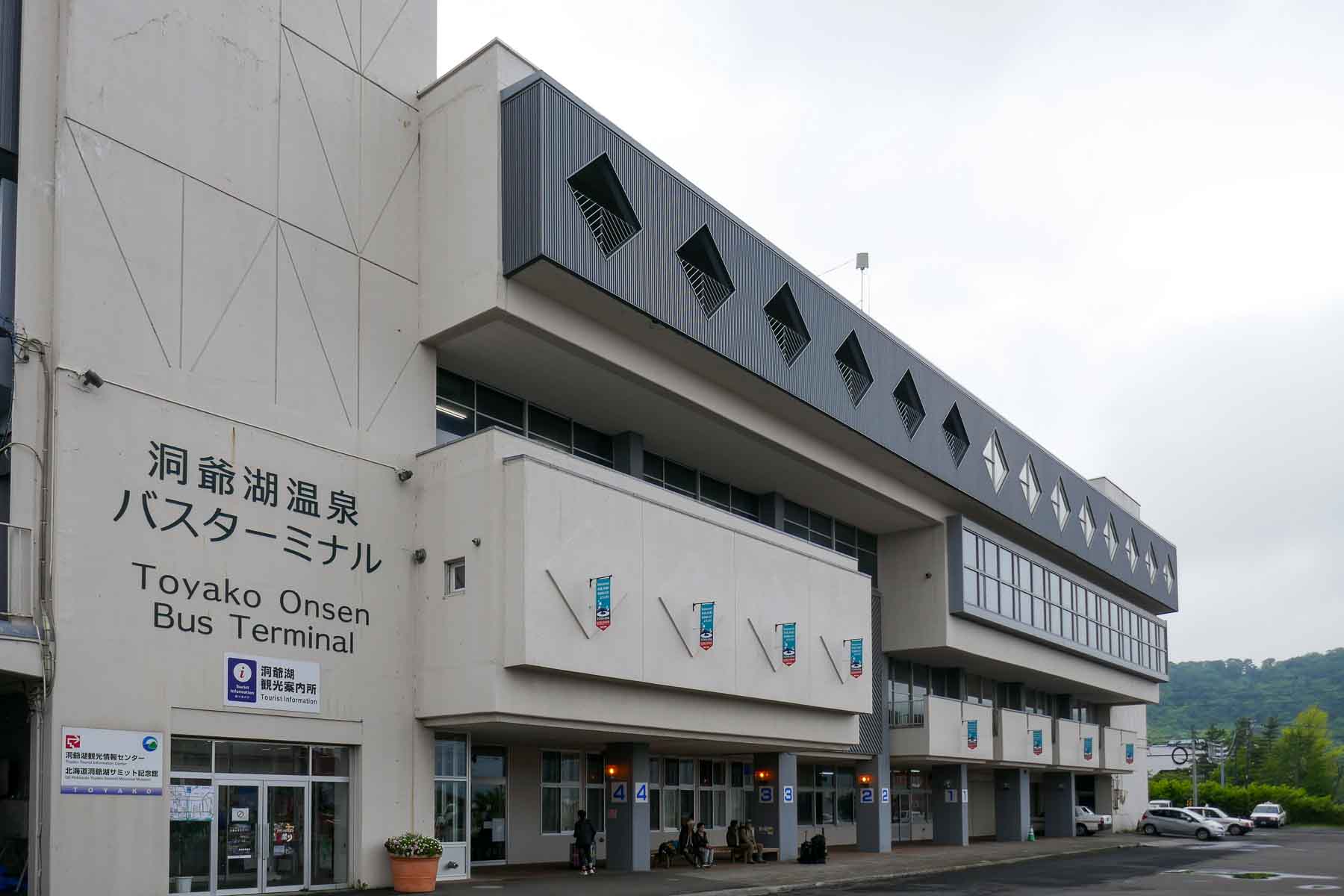
Getting around Lake Toya
Since buses are irregular, the best way to get around the areas close to Lake Toya is unfortunately by taxi. However, if timed accurately, buses are a cheaper option.
